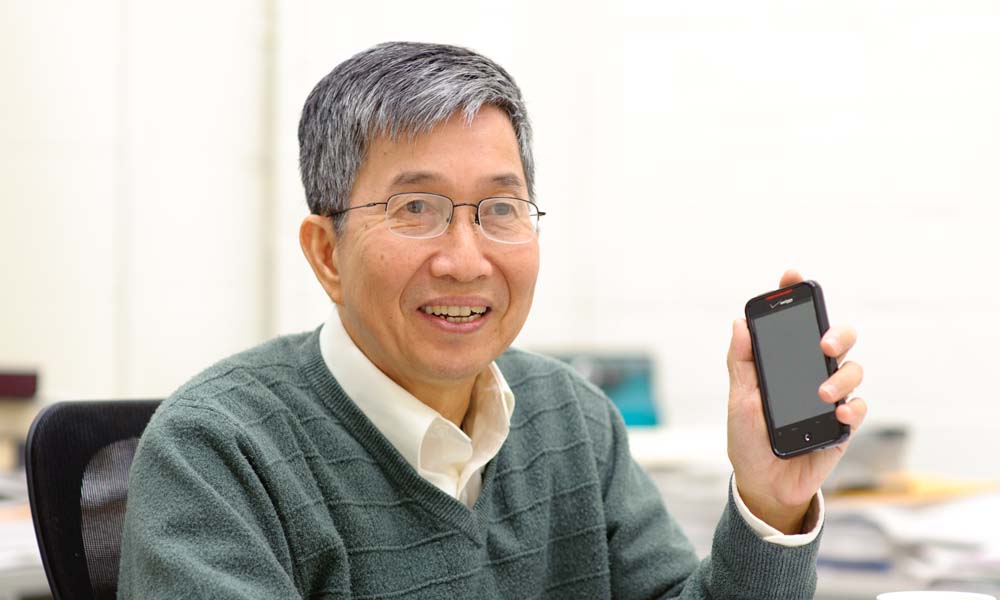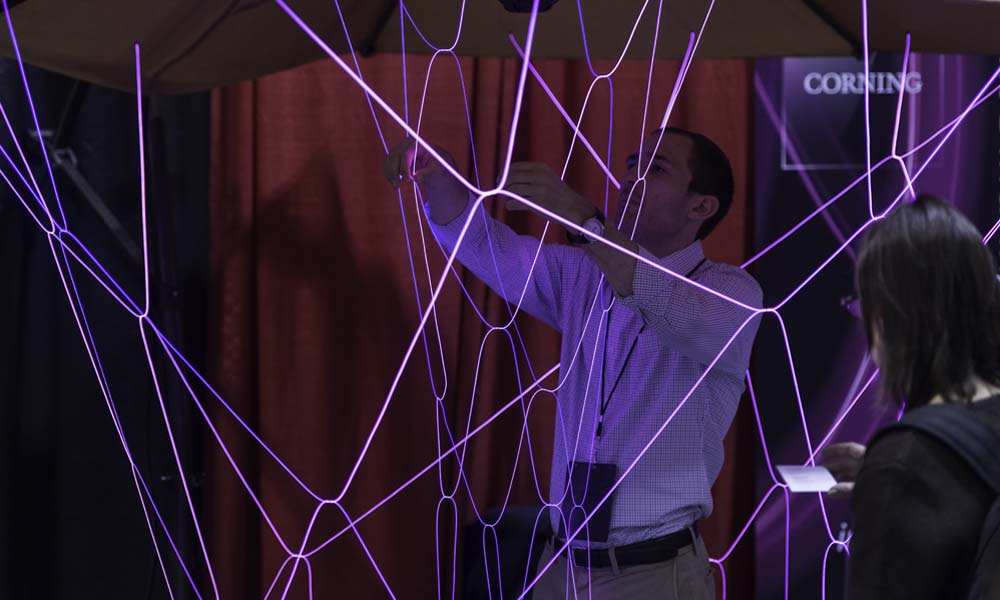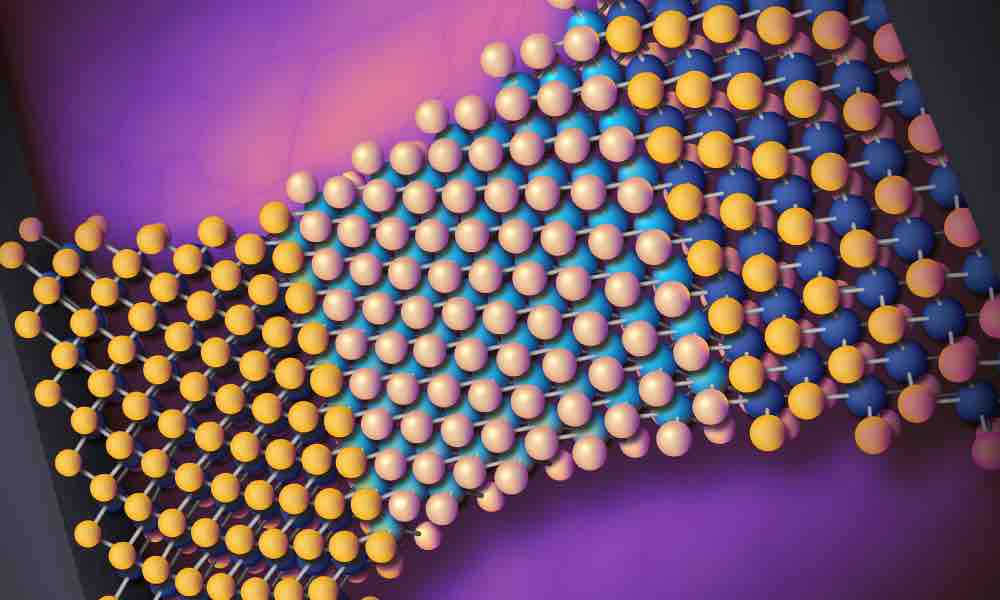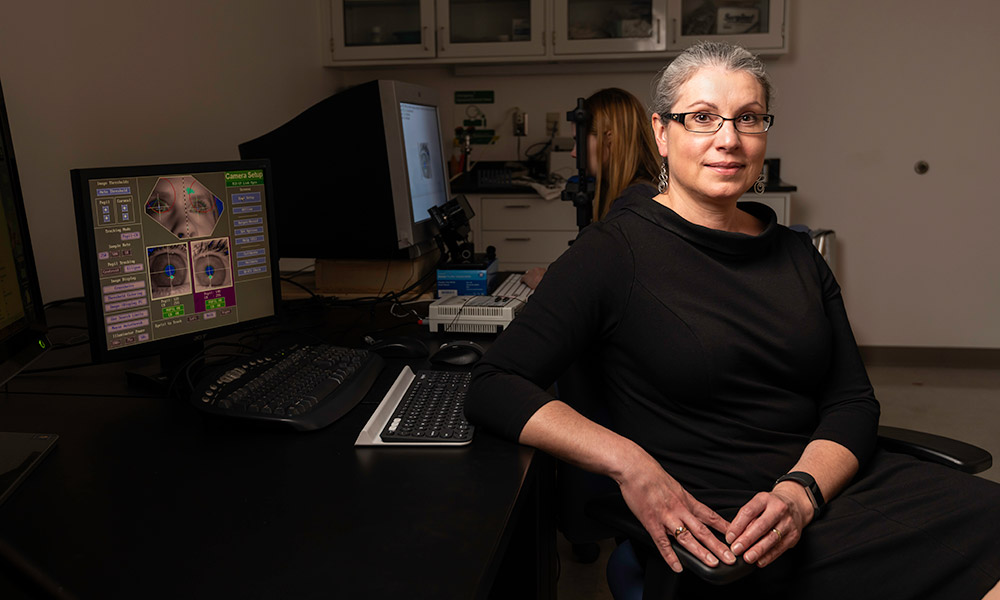
Why can we see moving objects against their backgrounds?
New research from Rochester scientists explores why human beings are good at discerning moving objects and how we can train our brains to be better at this as we age.

Finding order in the chaos of turbulence
A new set of conservation laws developed by Rochester researchers are unique to the turbulent flows within magnetic fields, and could help explain the evolution of stars and galaxies.

Kyoto Prize honors Ching Tang, pioneer of OLED technology
Japan’s highest private award for global achievement recognizes Tang’s work in developing thin-film, light-emitting technology now widely used in computers, smartphones, and televisions.

Virus genes help determine if pea aphids get their wings
The findings shed light on the important role that microbial genes, like those from viruses, can play in insect and animal evolution.

Ice core data confirms increased tropospheric ozone levels since industrialization
The findings suggest good news about the reliability of the computer models used to estimate and predict the changes in ground-level ozone.

University co-presents 2019 Light and Sound Interactive Conference
The LSI Conference’s 2019 lineup features guest speakers from Facebook, Microsoft, the Department of Defense, and demonstrations from companies including Bose, Harman, and Amazon.

Researchers ‘stretch’ the ability of 2D materials to change technology
Moore’s Law predicts that the number of transistors in an integrated circuit will double every two years. As technology nears the limits of Moore’s Law, Rochester researchers have combined 2D materials with oxide materials in a new way, with new possibilities for computing power.

Researchers develop superconducting quantum refrigerator
Physicist Andrew Jordan and his fellow researchers harnessed superconductivity to conceive of a quantum refrigerator that could cool atoms to nearly absolute zero temperatures.

Brain stimulation speeds up visual learning in healthy adults, helps patients re-learn how to see
One particular type of brain stimulation enhances the brain’s ability to process visual information, and may aid in faster vision recovery after a stroke or traumatic brain injury.

Genetically modified food: Would you eat it if you understood the science behind it?
The short answer is “yes,” according a new study from researchers in Rochester, Amsterdam and Wales, who set out to discover whether more information about genetically modified foods could change consumers’ attitudes.
